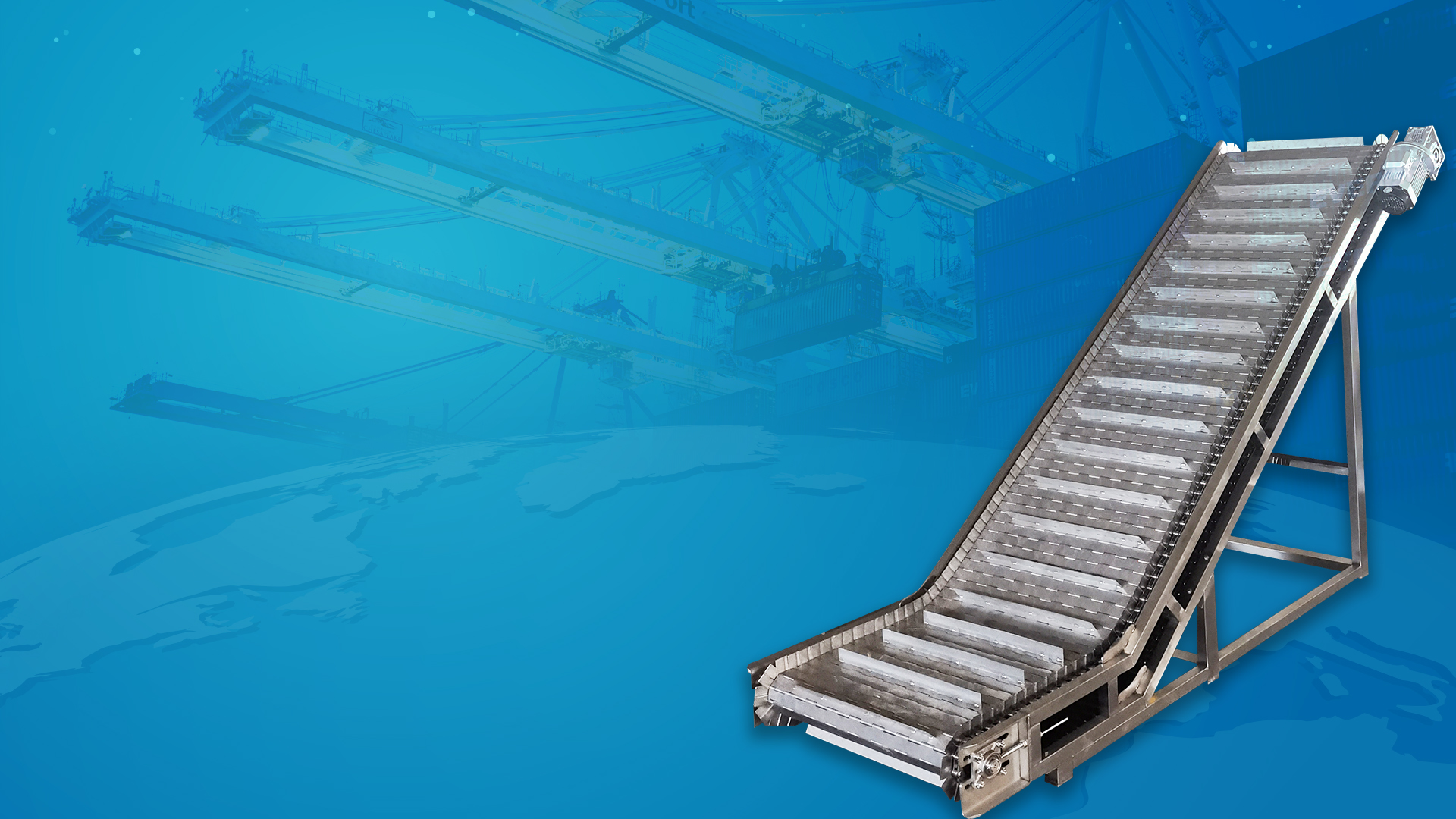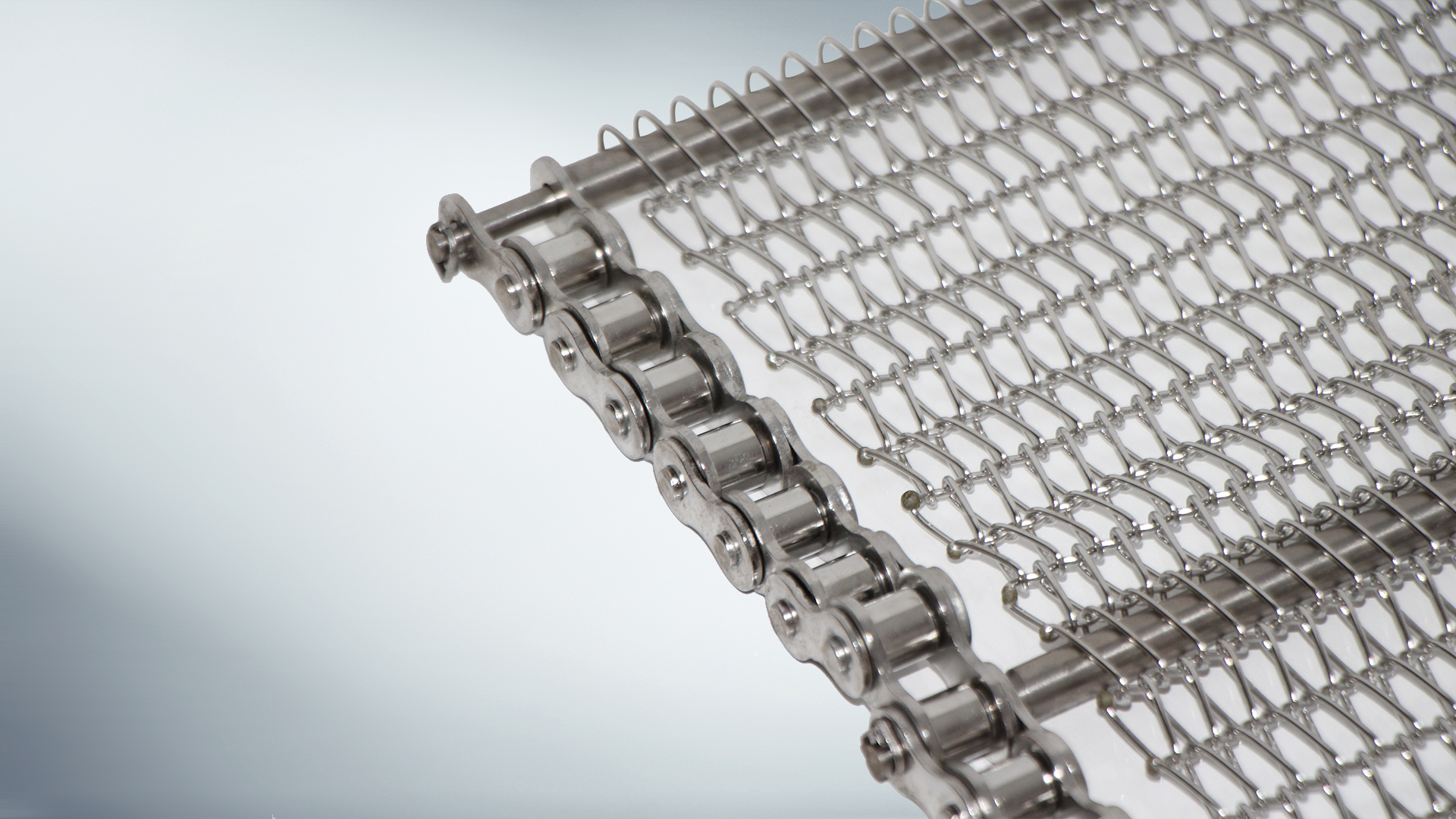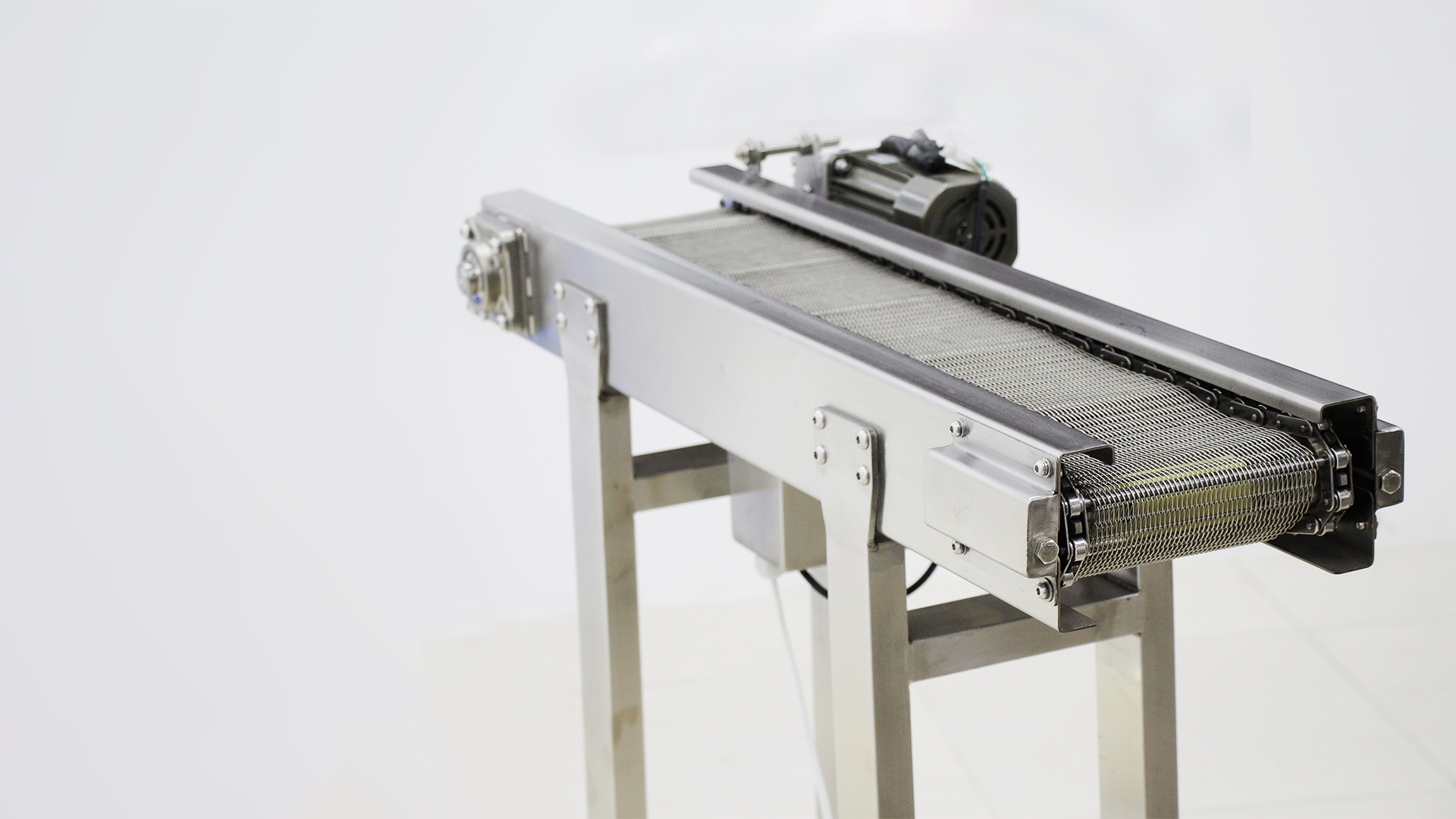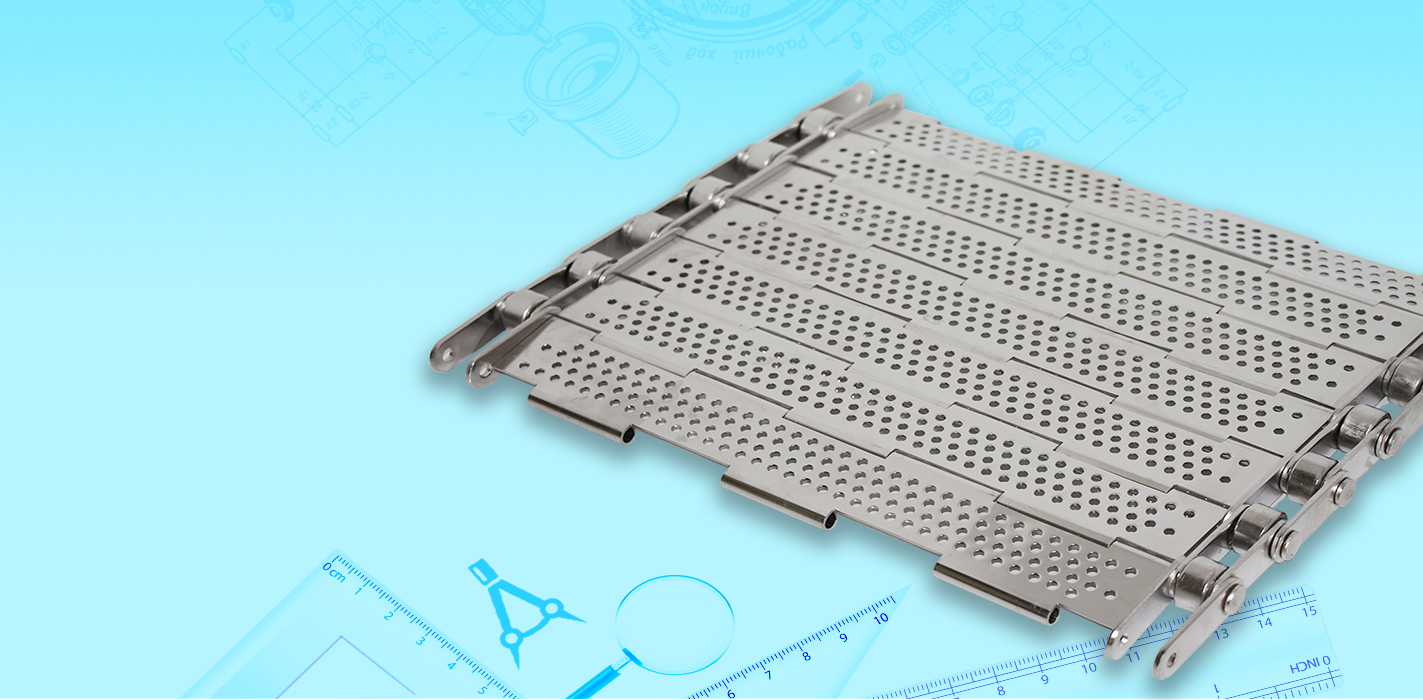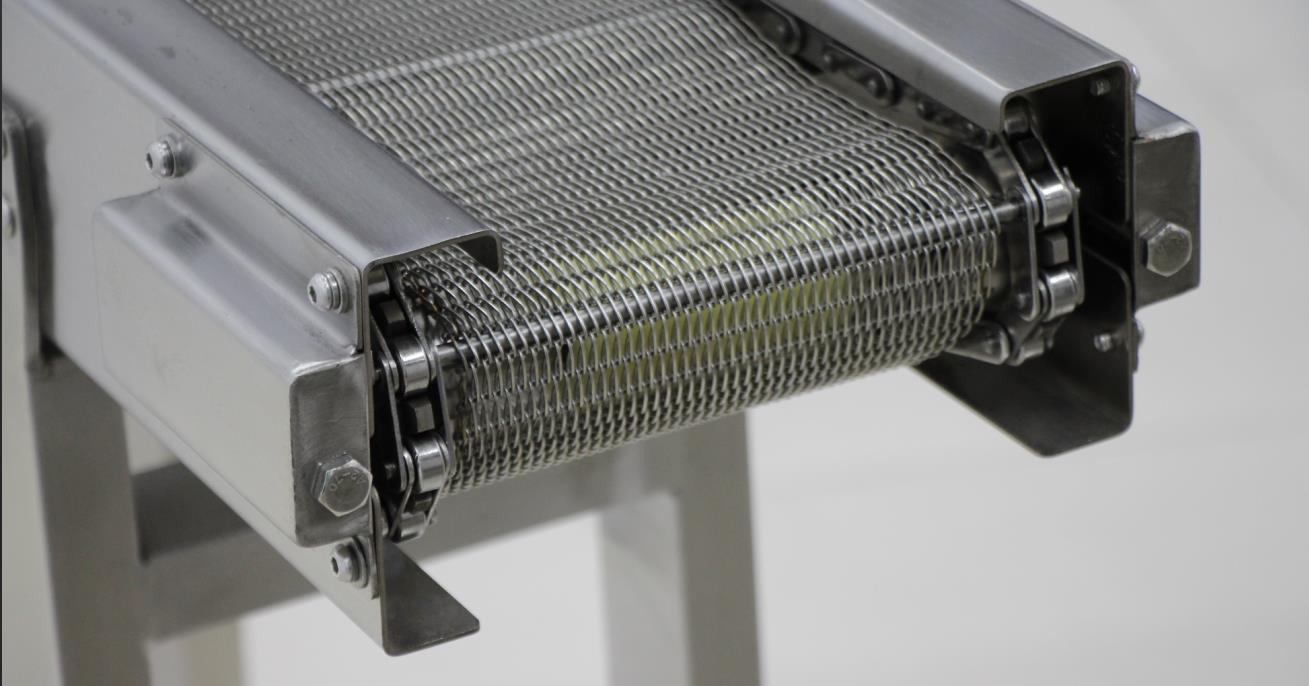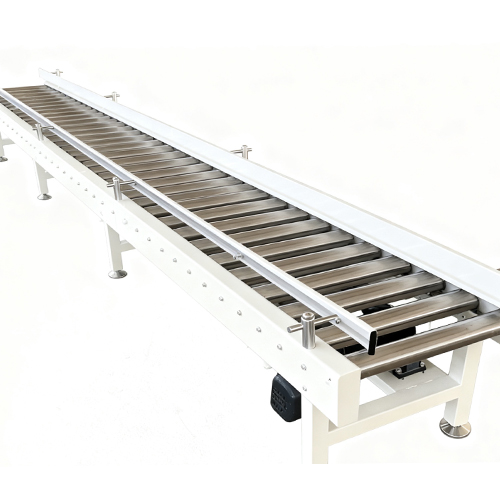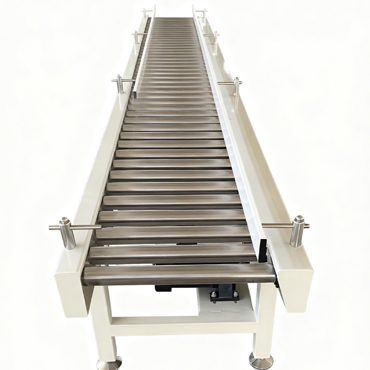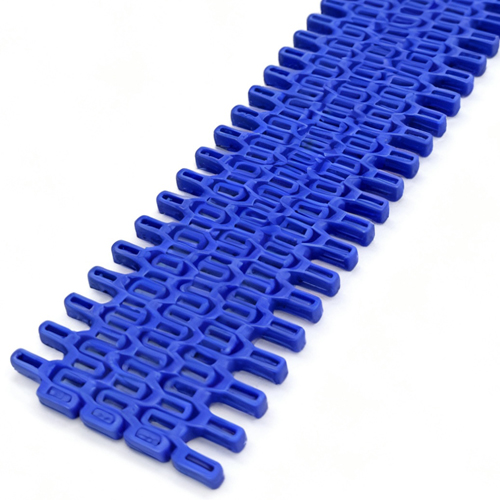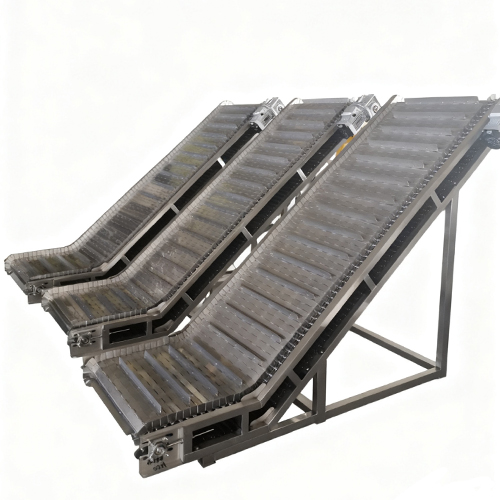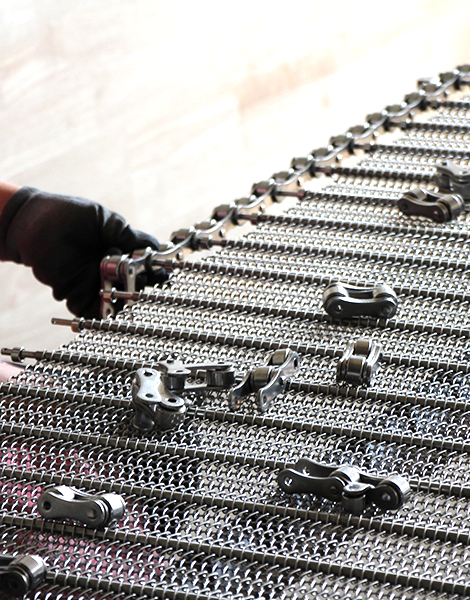The installation requirements for non-powered roller conveyors are relatively stringent and primarily encompass the following aspects.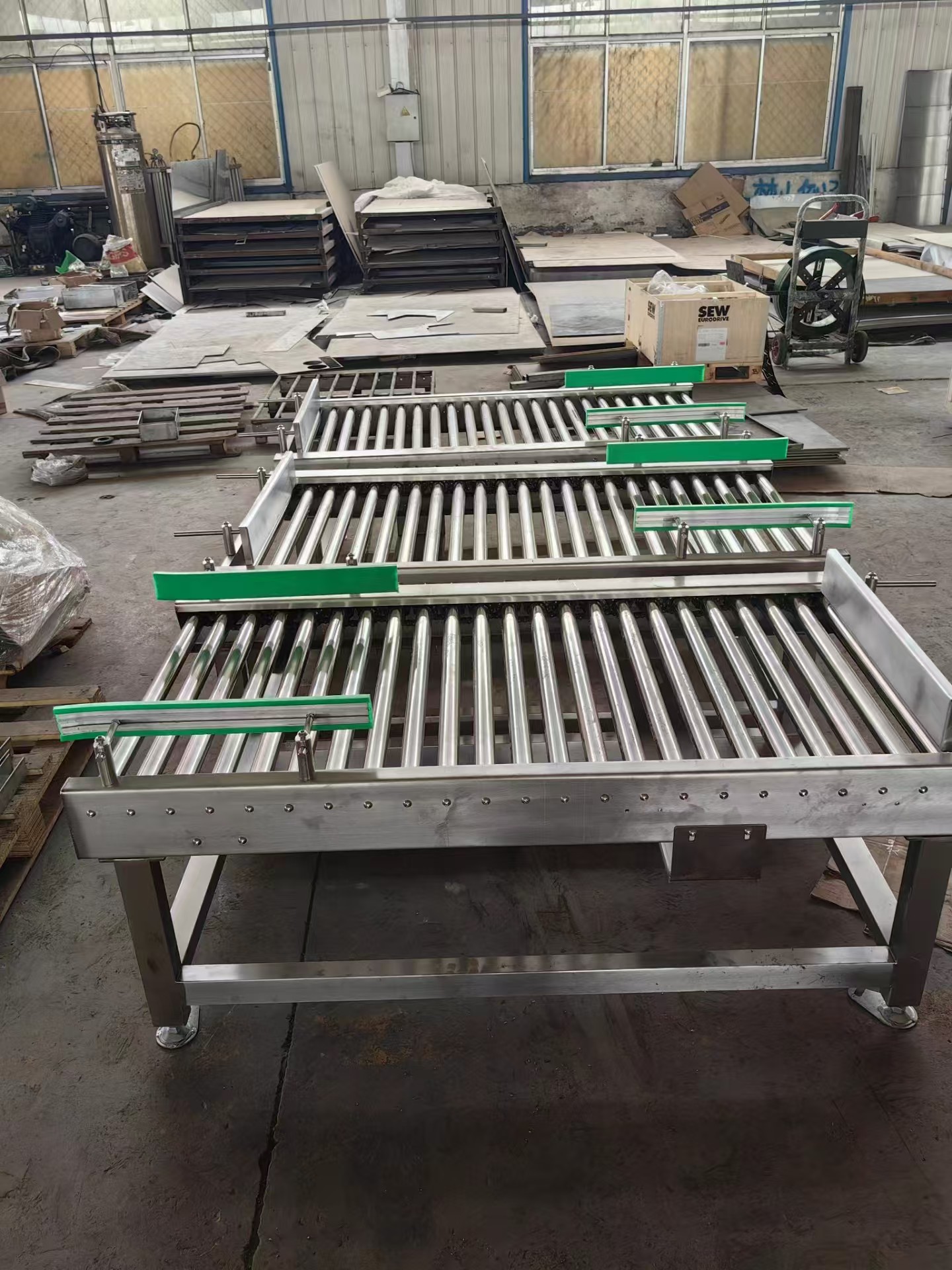
First, the installation site should be a flat, solid, obstacle-free surface to ensure the conveyor operates stably. The surface's flatness deviation should be controlled within a specified range to prevent roller tilting or conveyor malfunction due to an uneven surface.
Second, the foundation design and construction must be reasonable based on the conveyor's specifications and weight. The foundation must be strong and stable enough to support the weight of the conveyor and its cargo. Additionally, the connection between the foundation and the ground must be secure to prevent loosening of the foundation during operation.
Furthermore, the installation accuracy of the rollers is critical. The spacing between rollers should be uniform and consistent, with deviations not exceeding the specified range. This ensures the smooth movement of goods during conveyance. The rollers' axes should remain parallel, and vertical deviations should be kept within a reasonable range. Otherwise, this will affect the conveyor's efficiency and quality.
During installation, attention must be paid to the connection methods and tightness of all components. Connection components should be made of reliable materials to ensure secure connections that won't loosen or detach during operation. Additionally, all components must undergo rigorous testing and calibration to ensure the conveyor's performance metrics meet design requirements.



